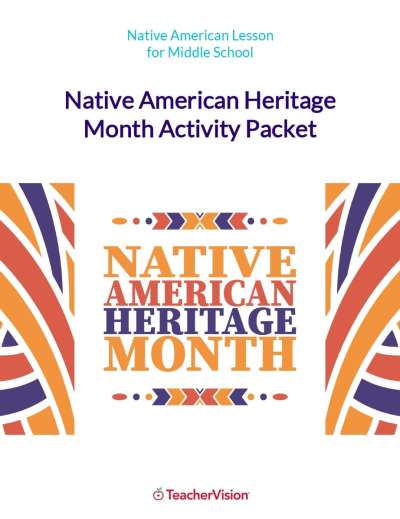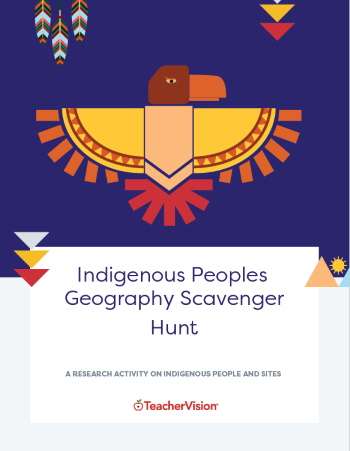INTRODUCTION
Students will understand how latitude and longitude are used to identify places on a map.
SUGGESTED TIME ALLOWANCE
40 minutes
OBJECTIVES
Students will:
MATERIALS
PROCEDURES
- Introduce key vocabulary words: latitude, longitude, equator, prime meridian.
- Distribute two wooden sticks to every student and have them glue or tape them together, creating a plus sign. Ask the students to hold up their sticks
so that one is parallel to the classroom walls and the other is parallel to the floor. Write “top” in small letters at the part of the stick closest to the ceiling. Then ask which of the two sticks measures latitude and which measures longitude. Establish that the vertical stick represent longitude and have the students write “longitude” on that stick, starting with the “l” at the top and moving down the stick. Then establish that the horizontal stick represents latitude and have students write “latitude” across that stick. Tell students to use their sticks as a reminder if they should get confused over the meanings of latitude and longitude as they complete this activity. - Using a spherical world globe and demonstrate that the globe is bisected north to south between the poles by an imaginary line called the prime meridian, and east to west through its center by the equator. Put a thin piece of colored tape around the globe at both the prime meridian and the equator and pass it around for students to see. Tell students to imagine the entire globe with a series of vertical and horizontal lines that form a grid by which any point on the earth’s surface can be specified.
- Divide students into pairs and give each pair a copy of the Atlantic Ocean map and a Latitude and Longitude worksheet. Have them plot the cities for which latitude and longitude are given, and write in the latitude and longitude for the final four cities.
ASSESSMENT
EXTENSION ACTIVITIES
Students will understand how latitude and longitude are used to identify places on a map.
Subjects
TYPE:





